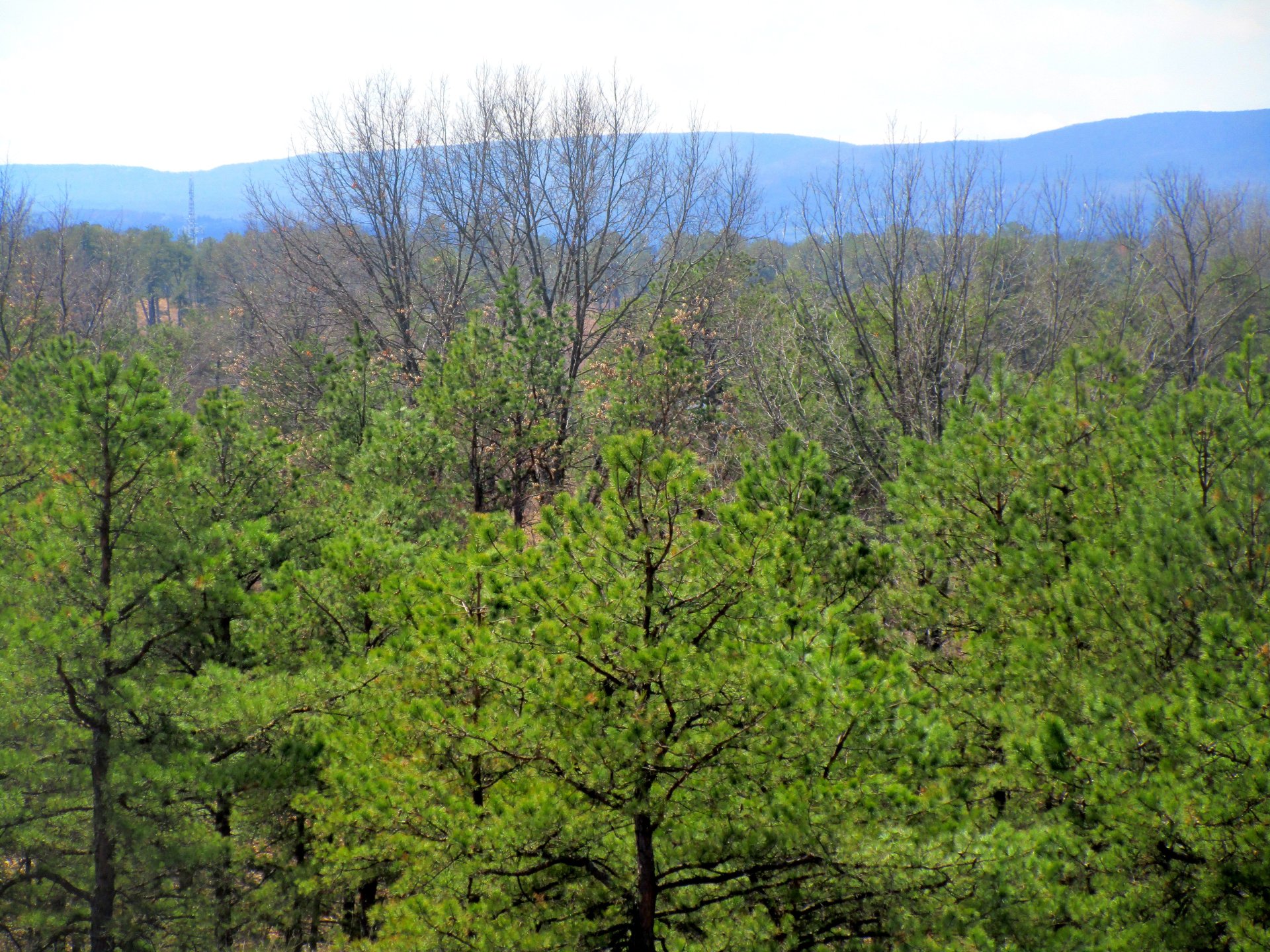by Lynne Jackson
ALBANY: John Waffenschmidt, Vice-President & Business Development, Covanta Energy spoke at the Save the Pine Bush vegetarian-vegan lasagna dinner about Global Warming, Energy Use & Solid Waste Management at the First Presbyterian Church.
He began by speaking about global warming. There is no question the globe is warming up. Effects of this global warming can be seen by rising waters in the coastal zone, and increase in forest fires and in rising temperatures. Temperatures have been collected since 1880 and the trend is clearly rising. Use of fossil fuels are the principle causes of greenhouse gases, and as consumption goes up, global warming will increase. There are many greenhouse gases. They are measured using one unit, CO2. For example, 1 ton of methane equals 21 tons of CO2.
Mr. Waffenschmidt works for a waste-to-energy (WTE) company. The plants his company builds burn municipal solid waste to produce steam for industrial purposes or to make electricity.
He has compared emissions from landfills to WTE plants and measured every component. He concludes that WTE plants emit less greenhouse gases, primary because WTE plants do not emit methane. Mr. Waffenschmidt noted that recycling aluminum saves the most greenhouse gases; by recycling 1 ton of aluminum, greenhouse gas emissions are reduced by 13.7 tons.
Mr. Waffenschmidt then moved into discussing how clean WTE plants are. The Hempstead plant, open since 1989, is very much below the air quality standards set as tested during the once-yearly stack test. There has been a decline in the amount of mercury emitted from plants, though, he notes, a viable alternative to mercury is still needed. Dioxins, though at one point a problem, are “so low today as to not be a credible health issue.” The really bad plants were shut down or had the dioxin control technology changed. In comparison, burning one barrel of garbage in an open barrel produces more dioxins than burning 1000 tons in a WTE plant.
WTE plants offer stabilized costs, energy diversity, and more recycling. WTE reduces the greenhouse gases; combusting one ton of municipal solid waste saves 630 to 2000 tons of CO2. Combusting one ton of municipal solid waste saves one barrel of fossil fuels.
Editor’s Note: A Waste-To-Energy plant is not feasible for a solution to the garbage problem. First, it would cost an absolute fortune. According to Mr. Waffenschmidt, a plant that would burn 1000 tons a day (the current landfill can take up to 1050 tons per day) would cost $150 to $200 million to build, more than ten times the cost of building a landfill. Next, people really hate the idea of burning garbage because nobody believes it can be done cleanly, no matter how many assurances politicians give us. The public opposition to a burn plant would be overwhelming.
And lastly, the simplest solutions are often the best: reduce, reuse, recycle. Some people say that people won’t change and that people won’t recycle or accept returnable bottles. But, we know that as a society, massive changes in behavior are possible. Twenty years ago, if you asked someone to put out their cigarette in a bar, you were branded a nut-case. Today, no smoker lights-up indoors. People know what is right, and as a society, we can change. oil.
Published in the December 06/January 07 Newsletter
